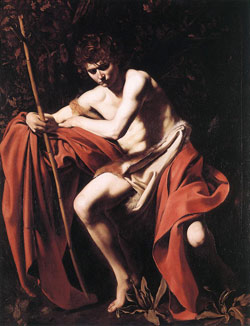Art Ltd magazine published a “Spotlight on Santa Barbara” feature this month to tell the story of various developments in the art scene of Santa Barbara. I recommend reading it if you want a good sense of what’s cooking up here.
It also seems worth taking a moment to correct myself.
Here’s what I (apparently) said, “[the gallery is not interested in deciding what’s good or bad based on whether the work is representational or abstract.” I (apparently) went on, “This rejection of the idea that the narrative of art in American inevitably leads to the triumph of abstraction dates to a very specific moment, which is when Alfred Barr acquired Andrew Wyeth’s painting Christina’s World for the Museum of Modern Art in 1948. Art historically speaking, that decision is our point of departure, so naturally, this Andrew Wyeth show is important to us, because it represents what we are all about.” For the record, the painting was purchased in 1949. While we’re correcting misunderstandings, I am not, in fact, the curator, though I am quite proud of the show.
What I meant to say is that the gallery does not stake out a particular position between abstraction and representation. We believe that rich results can be had from either approach. In some sense, the Andrew Wyeth exhibition embodies the idea, since it was Alfred Barr’s private acquisition of Christina’s World that upended the midcentury thought that representational art was on its way out. That’s what I should have said.
A big thank you to Art Ltd and to the writer, Charles Donelan, for their efforts to focus a little attention on the 805.

